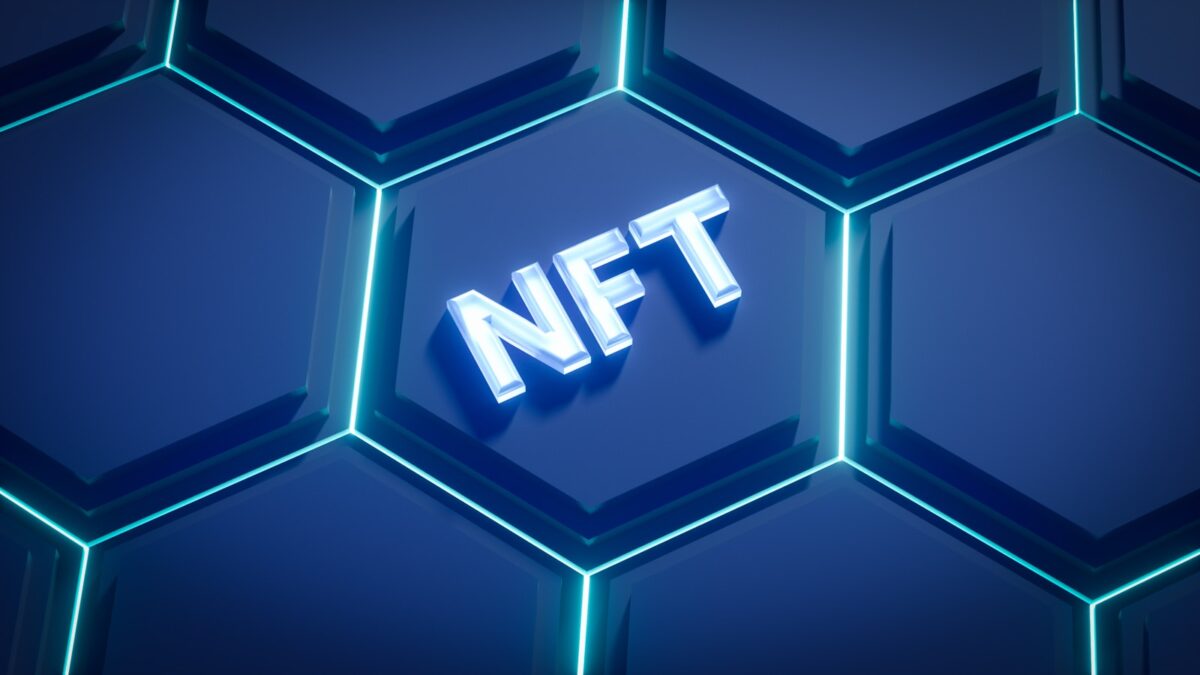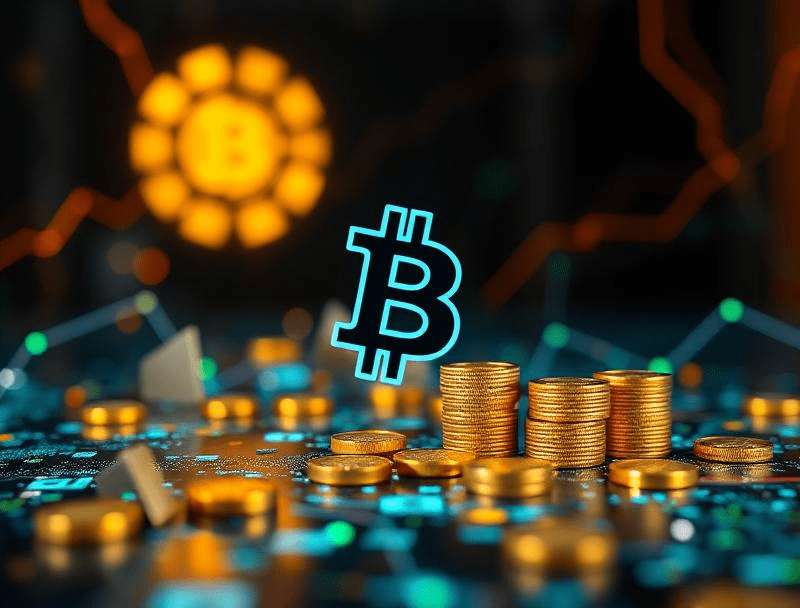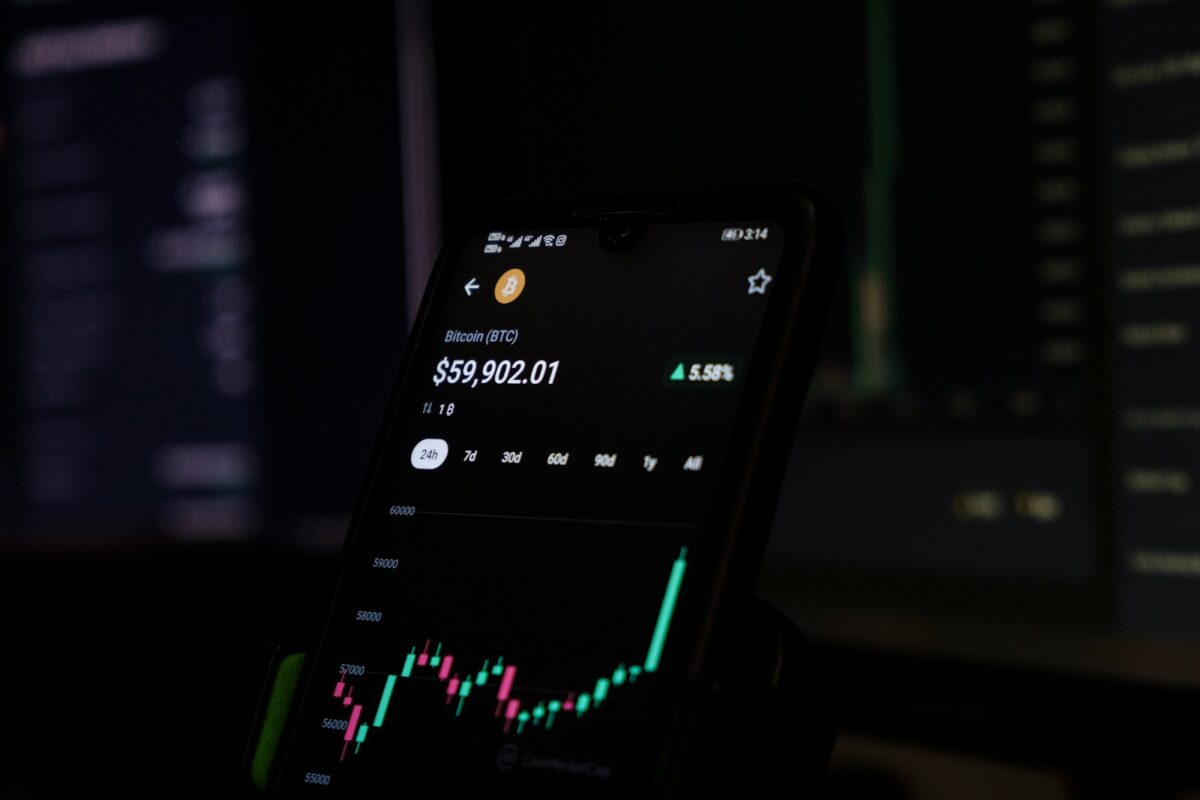
Digital scarcity concept

Rarity in the realm of intangible assets is engineered through deliberate limitations, transforming otherwise infinite reproductions into unique items with assigned value. This approach challenges traditional scarcity, which relies on natural constraints, by introducing programmed caps that govern ownership and transferability. Such mechanisms enable collectibles to possess distinct identities verified cryptographically, ensuring each token’s authenticity and singularity.
The creation of non-fungible tokens (NFTs) exemplifies this phenomenon, where each unit is inherently unlike any other due to metadata and provenance embedded within its code. Unlike fungible assets exchanged interchangeably, these units carry specific attributes that establish their exclusivity. This enforced limitation simulates rarity digitally, granting significance to items that would otherwise lack physical boundaries or material scarcity.
This engineered restriction fosters new models for assigning value beyond tangible goods. By embedding scarcity artificially, creators can control supply precisely while maintaining transparent ownership histories. This shifts valuation paradigms towards uniqueness confirmed by cryptographic proof rather than mere possession or physical rarity. Investigating the effects of such artificial confines reveals critical insights into how perceived worth emerges from controlled availability in virtual ecosystems.
Understanding Artificial Limitation and Value in Crypto Assets
Value in blockchain-based assets arises primarily from their engineered rarity, which introduces an artificial limitation on supply. Unlike traditional commodities where scarcity is inherent due to physical constraints, cryptocurrency tokens achieve exclusivity through cryptographic protocols that enforce a fixed quantity. This controlled rarity directly influences market dynamics by creating economic conditions similar to those found in finite resources, thereby assigning worth to otherwise infinitely replicable data.
The mechanism behind this engineered limitation is rooted in consensus algorithms and tokenomics design. For example, Bitcoin’s capped supply of 21 million coins exemplifies how predetermined issuance schedules embed scarcity into the network’s architecture. This scarcity model contrasts with fungible tokens, where individual units are interchangeable; here, each unit’s value depends on its limited availability and demand within the ecosystem.
Non-Fungible Tokens as Unique Economic Instruments
Non-fungible tokens (NFTs) expand upon the principle of uniqueness by representing assets that cannot be interchanged on a one-to-one basis. Their distinctive identifiers and metadata make them singular within a blockchain ledger, enabling the verification of ownership for digital art, collectibles, or intellectual property. The rarity embedded in NFTs amplifies their perceived value since each token encapsulates a unique combination of attributes that cannot be duplicated artificially.
Technical case studies demonstrate how platforms like Ethereum utilize smart contracts to enforce provenance and authenticity. For instance, CryptoKitties introduced programmable rarity tiers that affect breeding probabilities–an experimental approach confirming how artificial constraints generate varied valuation within a collection of digital items. This methodology reflects foundational economic theories where scarcity combined with uniqueness elevates market price points.
- Artificial limitation: Controlled supply via protocol rules
- Uniqueness: Non-interchangeable identifiers for assets
- Economic impact: Demand-driven value stemming from rarity
The application of these principles extends beyond collectibles into domains such as decentralized finance (DeFi), where token scarcity can influence governance power or yield incentives. Experimental models show that adjusting token supply parameters affects user engagement and network security, providing practical avenues for further investigation into economic behaviors shaped by engineered limitations.
This structured approach enables researchers and practitioners to conceptualize value creation through artificial asset limitation systematically. By analyzing blockchain implementations experimentally–such as adjusting minting rates or introducing new rarity tiers–one gains insight into how programmed restrictions simulate natural economic scarcity within virtual ecosystems.
The exploration invites deeper inquiry: How might varying degrees of artificial rarity affect long-term asset stability? Could programmable uniqueness become standardized across industries? These questions propel ongoing experimentation aimed at refining our understanding of economics when transposed onto immutable ledgers.
How Digital Scarcity Ensures Value
The assurance of uniqueness in digital assets stems from strict limitations encoded within blockchain protocols, which prevent replication and unauthorized duplication. This artificial restriction creates a definitive boundary on supply, effectively introducing rarity into an otherwise infinitely replicable medium. By establishing these immutable constraints, platforms can guarantee that each token or asset is distinctly identifiable and non-fungible, thereby preserving its inherent value through verifiable exclusivity.
Value in this context emerges directly from the interplay between limited availability and demand dynamics governed by economic principles. Unlike fungible cryptocurrencies such as Bitcoin or Ethereum, where units are interchangeable, non-fungible tokens (NFTs) represent singular items with discrete properties recorded on-chain. This differentiation enables collectors and investors to ascribe premium worth to assets based on provenance, historical significance, or aesthetic appeal–factors that traditional economics recognize as drivers for valuation beyond mere utility.
Technical Mechanisms Behind Rarity and Uniqueness
The implementation of smart contracts ensures that non-fungible tokens carry metadata defining their distinct characteristics and ownership history immutably. For instance, the ERC-721 standard on Ethereum codifies a framework where each token ID corresponds to a unique digital object secured against counterfeiting through cryptographic hashes. These technical safeguards simulate scarcity by preventing arbitrary minting beyond predetermined limits or authorized issuance events, thus sustaining controlled supply schedules critical for maintaining value integrity.
A practical case study includes CryptoPunks–one of the earliest NFT projects–which issued exactly 10,000 unique collectible characters without subsequent additions. The fixed quantity combined with individual uniqueness has driven significant market appreciation over time. Such examples illustrate how engineered scarcity can replicate tangible asset qualities within intangible formats, enabling new economic models for creators and consumers alike while fostering trust via transparent ledger entries accessible globally.
Economic theories emphasize that rarity induces higher perceived value due to limited substitution options and increased desirability among participants. When scarcity parameters are algorithmically enforced rather than artificially declared, speculation is anchored in provable facts rather than marketing narratives. This reduces asymmetry of information commonly present in conventional markets and allows price discovery mechanisms to function more efficiently based on verifiable data regarding asset distribution.
The convergence of technological enforcement with classical economics provides fertile ground for exploring innovative applications across industries such as art, gaming, real estate tokenization, and intellectual property licensing. Each domain benefits from harnessing unique identifiers linked to scarce digital representations enabling fractional ownership models or exclusive access rights while ensuring authenticity remains uncompromised throughout transactional lifecycles documented on-chain.
Creating Scarce Assets on Blockchain
The creation of scarce assets on blockchain leverages the inherent limitations encoded into smart contracts to ensure rarity and uniqueness. By defining a fixed supply or a strict issuance schedule, developers can produce collectibles that possess verifiable scarcity, which directly impacts their perceived value in economic terms. This approach contrasts with traditional digital files, which can be copied infinitely without loss of quality or authenticity. Non-fungible tokens (NFTs) exemplify this principle by assigning unique identifiers and metadata to each asset, establishing an immutable record that confirms ownership and provenance.
From an economic perspective, scarcity drives demand when supply is constrained; therefore, limiting the quantity of blockchain-based assets creates a market dynamic similar to physical collectibles. For example, cryptographic art pieces or limited-edition game items are minted with explicit caps, making each token exclusive within its series. This deliberate rarity enhances the asset’s appeal by generating competition among collectors and investors seeking unique holdings that cannot be replicated or substituted. The transparent nature of blockchain further reinforces trust in these limitations by providing public ledger verification.
Technical Mechanisms Behind Unique Asset Creation
Smart contract programming languages like Solidity enable precise control over token issuance parameters, including total supply limits and transfer restrictions. Protocols such as ERC-721 and ERC-1155 standardize non-fungible token implementation, allowing for individual token distinctiveness through metadata hashes linked to off-chain storage systems like IPFS. These technical solutions prevent inflationary risks commonly associated with fungible tokens while embedding rarity as a core characteristic. Additionally, programmable attributes can evolve under predefined conditions without compromising uniqueness or violating scarcity constraints.
Case studies illustrate how scarcity influences user behavior: CryptoKitties introduced algorithmically generated cat collectibles with varying degrees of genetic rarity traits, stimulating secondary markets where rare traits commanded premium prices. Similarly, projects like Decentraland deploy land parcels as NFTs with fixed quantities representing virtual real estate plots; these limitations foster speculative activity based on location desirability and development potential. Understanding these implementations encourages experimental inquiry into how supply caps affect liquidity, valuation models, and long-term ecosystem sustainability within blockchain environments.
Impact of scarcity on NFT markets
The limitation of supply is a fundamental driver affecting the economics of non-fungible tokens (NFTs). By design, NFTs are unique digital collectibles secured through blockchain technology, where their rarity directly influences perceived value. Unlike fungible assets such as cryptocurrencies, each NFT’s individuality and finite availability establish an artificial constraint that enhances desirability among collectors and investors. This controlled supply mechanism enables creators and platforms to strategically manage rarity, thereby influencing market dynamics.
In practice, projects like CryptoPunks and Bored Ape Yacht Club demonstrate how predefined caps on editions create exclusivity. CryptoPunks issued exactly 10,000 distinct characters, with no possibility for additional units, embedding a permanent limitation into their smart contracts. This scarcity has resulted in significant appreciation of value over time, illustrating how scarcity parameters codified on-chain affect long-term market behavior. Such examples provide valuable case studies for analyzing the interplay between supply constraints and collector demand.
Mechanisms behind rarity and valuation
The technical underpinning of rarity involves metadata attributes stored immutably within NFTs’ token standards (e.g., ERC-721 or ERC-1155). Rarity manifests not only through quantity restrictions but also via unique traits assigned algorithmically or manually to individual tokens. These properties create layers of differentiation beyond mere existence limits, allowing granular segmentation in valuation models. For instance, rare trait combinations in a limited series can command premiums exponentially higher than common variants due to their statistically lower occurrence.
From an economic perspective, rarity functions as a scarcity proxy that triggers competition among buyers. The artificial scarcity embedded in smart contracts simulates natural resource limitations traditionally found in physical collectibles markets such as art or antiques. Market participants often apply principles from behavioral economics–like loss aversion and status signaling–to explain premium pricing behavior observed around ultra-rare items. This intersection of blockchain-enforced limitations with human psychology forms the foundation for NFT market valuations.
Exploring practical investigations, one may analyze transaction histories across marketplaces like OpenSea or Rarible to observe price differentials correlated with edition size and trait rarity scores calculated by third-party analytics tools (e.g., Rarity.tools). Longitudinal data reveals patterns where initial offerings with low circulation experience rapid liquidity contractions followed by gradual appreciation if community interest sustains growth. Such empirical evidence encourages further exploration into designing optimal release strategies balancing scarcity against accessibility to maximize ecosystem health.
The impact of manufactured limitation extends beyond pricing into ownership distribution and network effects within decentralized ecosystems. Scarce NFTs often foster tighter-knit communities centered around shared interests or exclusive access rights encoded via smart contracts (e.g., membership tokens granting voting privileges). These social dimensions intertwine with economic incentives, creating feedback loops that reinforce both cultural significance and asset value stability over time. Understanding these multilayered interactions demands continuous experimental inquiry combining quantitative analysis with qualitative ethnographic methods.
Managing Risks Associated with Artificially Limited Digital Assets
Mitigating challenges linked to unique tokenized assets requires stringent protocols that ensure verifiable rarity and enforce strict limitations on supply. Smart contract audits combined with transparent provenance tracking serve as foundational measures to preserve value within non-fungible collectibles, preventing dilution caused by unauthorized minting or replication.
Economic models must incorporate mechanisms addressing artificial constriction of availability, balancing scarcity-driven demand against market volatility. Tools such as dynamic issuance controls and interoperability standards can stabilize perceived worth while enabling diverse use cases across decentralized ecosystems.
Strategic Insights and Future Directions
- Verifiability: Implement cryptographic proofs confirming uniqueness, enhancing trust in asset legitimacy beyond superficial rarity claims.
- Supply Governance: Employ programmable limits embedded in token logic to avoid inflationary pressures undermining value.
- Market Feedback Loops: Integrate data-driven analytics monitoring trading patterns for early detection of artificial scarcity exploitation.
- Circular Economies: Develop frameworks incentivizing sustainable ownership turnover rather than hoarding rare items, thus preserving economic vitality.
- Cross-Platform Standards: Facilitate seamless transfers and recognition of collectibles across multiple chains to enhance liquidity without sacrificing uniqueness.
The interplay between constrained availability and perceived value underscores the necessity for robust technological frameworks that uphold integrity within tokenized ecosystems. Exploring modular governance models alongside adaptive smart contracts promises a pathway toward minimizing systemic risk associated with artificially manufactured rarity. Continuous research into behavioral economics combined with blockchain innovation will catalyze resilient markets where unique digital assets maintain sustainable worth over time.
This evolving paradigm invites experimentation with hybrid approaches blending scarcity-driven incentives and utility-based features, fostering deeper engagement beyond mere collectibility. Understanding these dynamics equips stakeholders to critically evaluate emerging projects, ensuring that limitations remain purposeful rather than arbitrarily imposed, ultimately enriching the broader fabric of decentralized economies.


